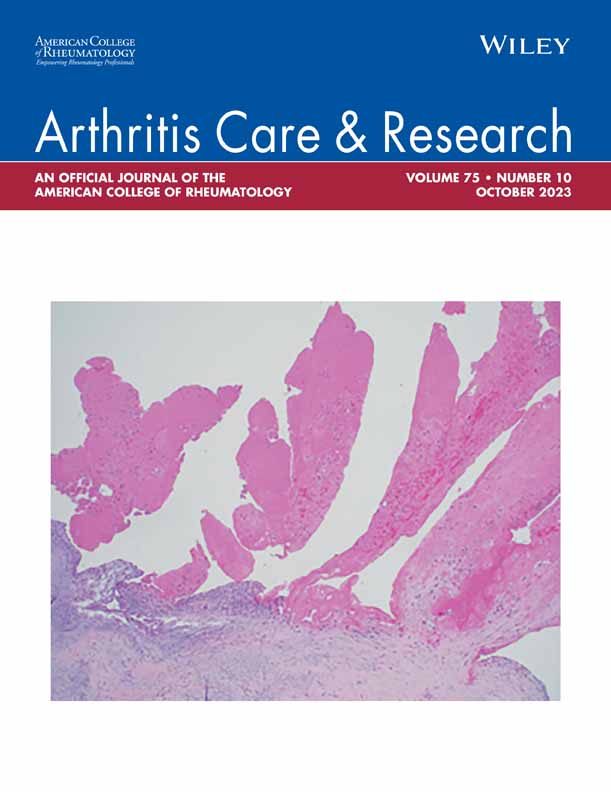
Upper-Limb High-Intensity Training Vs Passive Heat Therapy Before Hip or Knee Arthroplasty

Upper-Limb High-Intensity Training Vs Passive Heat Therapy Before Hip or Knee Arthroplasty
Upper-Limb High-Intensity Interval Training or Passive Heat Therapy to Optimize Cardiorespiratory Fitness Prior to Total Hip or Knee Arthroplasty: A Randomized Controlled Trial.
Arthritis Care Res (Hoboken) . 2024 Mar;76(3):393-402.Synopsis
Ninety-three patients with severe knee or hip osteoarthritis were randomized to receive either high-intensity interval training (HIIT; n=30), passive heat therapy (Heat; n=30), or home-based exercise (Home; n=33) as prehabilitation before total hip or knee arthroplasty. The primary outcome of interest was peak oxygen consumption (peak 𝑉𝑂2). Secondary outcomes included the anaerobic threshold, ph...
To view the full content, login to your account,
or start your 30-day FREE Trial today.
FREE TRIAL
LOGIN
Forgot Password?
Explore some of our unlocked ACE Reports below!

Learn about our AI Driven
High Impact Search Feature
Our AI driven High Impact metric calculates the impact an article will have by considering both the publishing journal and the content of the article itself. Built using the latest advances in natural language processing, OE High Impact predicts an article’s future number of citations better than impact factor alone.
Continue



 LOGIN
LOGIN

Join the Conversation
Please Login or Join to leave comments.